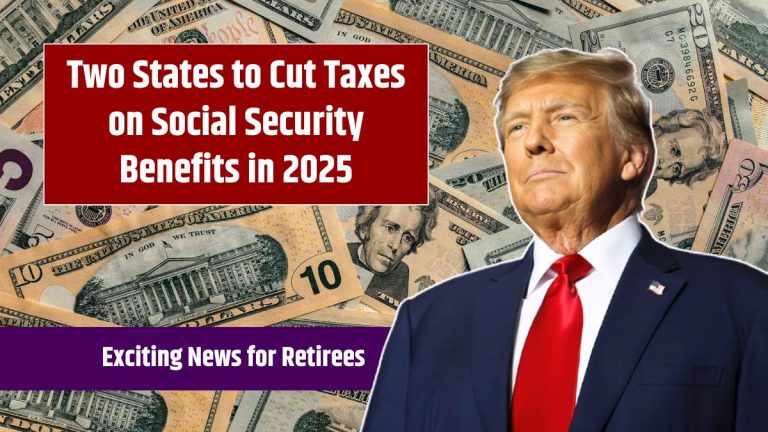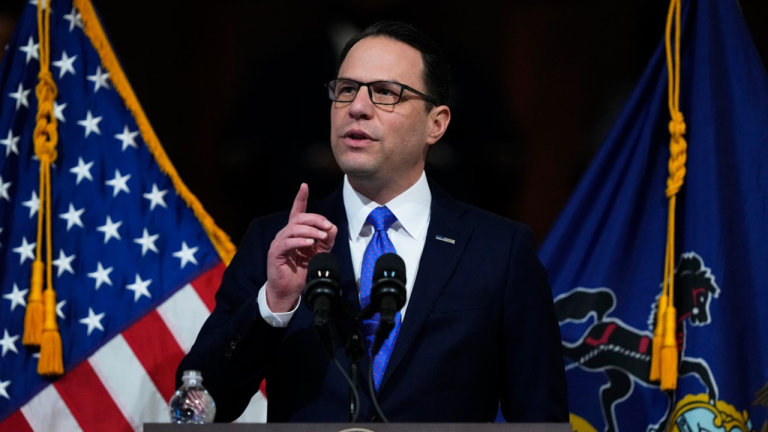For individuals aged 65 and above who missed enrolling in Medicare Part B during their Initial or Special Enrollment Periods, the annual Medicare General Enrollment Period (GEP) offers a crucial opportunity. Running from January 1 through March 31, this period allows eligible individuals to sign up for Part B, which covers outpatient medical care, doctor visits, preventive services, and durable medical equipment.
Unlike Medicare Part A, which is typically free for most individuals due to prior Medicare tax contributions, Part B requires a monthly premium. In 2025, the standard Part B premium is $185 per month, with higher-income individuals potentially paying more. Failing to enroll in Part B when first eligible can result in a late enrollment penalty, which increases the longer an individual waits to sign up.
Who Needs to Enroll During the General Enrollment Period?
The General Enrollment Period (GEP) is designed for individuals who:
- Were automatically enrolled in Medicare at 65 but declined Part B.
- Missed their Initial Enrollment Period (IEP) when they first became eligible for Medicare.
- Did not qualify for a Special Enrollment Period (SEP) due to employer coverage.
- Previously had Part B coverage but lost it due to non-payment or voluntary withdrawal.
- Need to pay a premium for Part A and did not enroll when first eligible.
How to Enroll in Medicare Part B During the GEP
To sign up for Part B during the General Enrollment Period, individuals must complete and submit CMS Form 40B – Application for Enrollment in Medicare Part B. This form can be:
- Mailed or faxed to a local Social Security office.
- Submitted in person at a Social Security office.
- Completed through a phone, video, or in-person appointment by calling 1-800-772-1213 (available Monday to Friday, 8:00 a.m. to 7:00 p.m.).
When Does Part B Coverage Start?
Once an individual enrolls in Part B during the GEP, their coverage will begin on the first day of the following month.
- Example: If you enroll in February 2025, your Part B coverage will start on March 1, 2025.
After enrolling, individuals will receive a new Medicare card by mail, which they should use for doctor visits and medical services.
Understanding Medicare Part B Premiums and Late Enrollment Penalties
The Part B premium is typically deducted from Social Security benefits. If an individual is not receiving Social Security benefits, Medicare will bill them directly.
A late enrollment penalty may apply if an individual did not sign up for Part B when they were first eligible. This penalty increases the Part B premium by 10% for each 12-month period the individual was eligible but did not enroll.
Exceptions to the Late Enrollment Penalty:
- If an individual qualifies for a Medicare Savings Program due to limited income.
- If the individual received Social Security disability benefits before turning 65.
- Certain other hardship exemptions determined by Medicare.
Additionally, a late enrollment penalty may apply to Medicare Part D (prescription drug coverage), which is separate from Part B.
Adding Medicare Part D (Prescription Drug Coverage)
Once enrolled in Medicare Part B, individuals have the option to enroll in a Medicare Part D plan, which covers prescription drugs. This coverage is not provided by Social Security but must be purchased through a private insurance company.
Choosing the right Part D plan is essential, as different plans cover different medications and may have varying costs. It is advisable to compare plans at Medicare.gov before enrolling.
Resources and Assistance
For further details about Medicare enrollment and avoiding penalties, individuals can visit Medicare.gov. The website provides additional information on Medicare coverage options, premium costs, and late enrollment penalties.
Those looking for more personalized assistance can:
- Contact Social Security at 1-800-772-1213 for enrollment help.
- Visit a local Social Security office.
- Use online Medicare resources for guidance on coverage options.
Sharing this information with family, friends, and others who may benefit is encouraged. Understanding the Medicare General Enrollment Period ensures individuals do not face unnecessary penalties and maintain access to essential healthcare coverage.
Disclaimer – Our editorial team has thoroughly fact-checked this article to ensure its accuracy and eliminate any potential misinformation. We are dedicated to upholding the highest standards of integrity in our content.


























+ There are no comments
Add yours